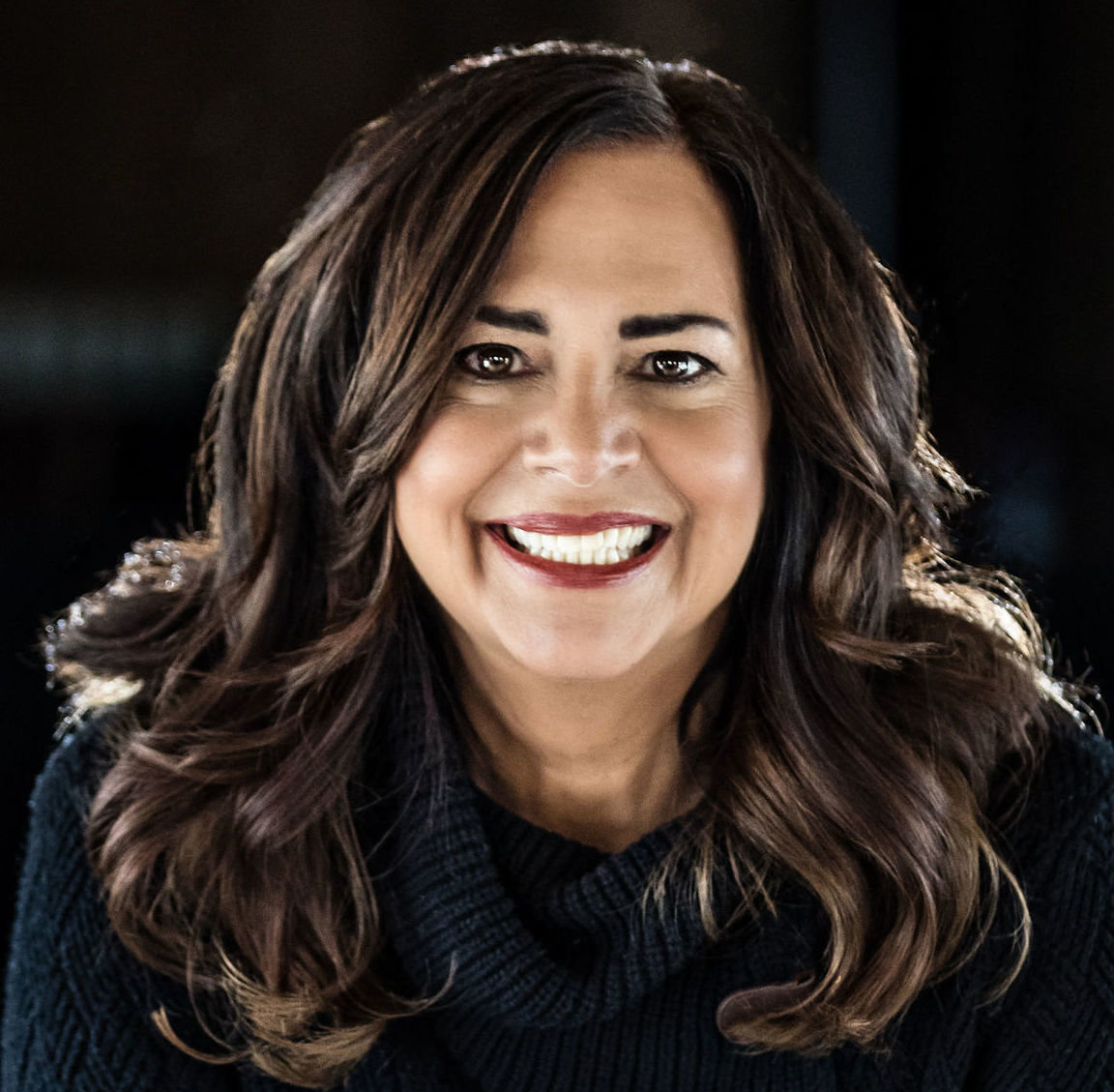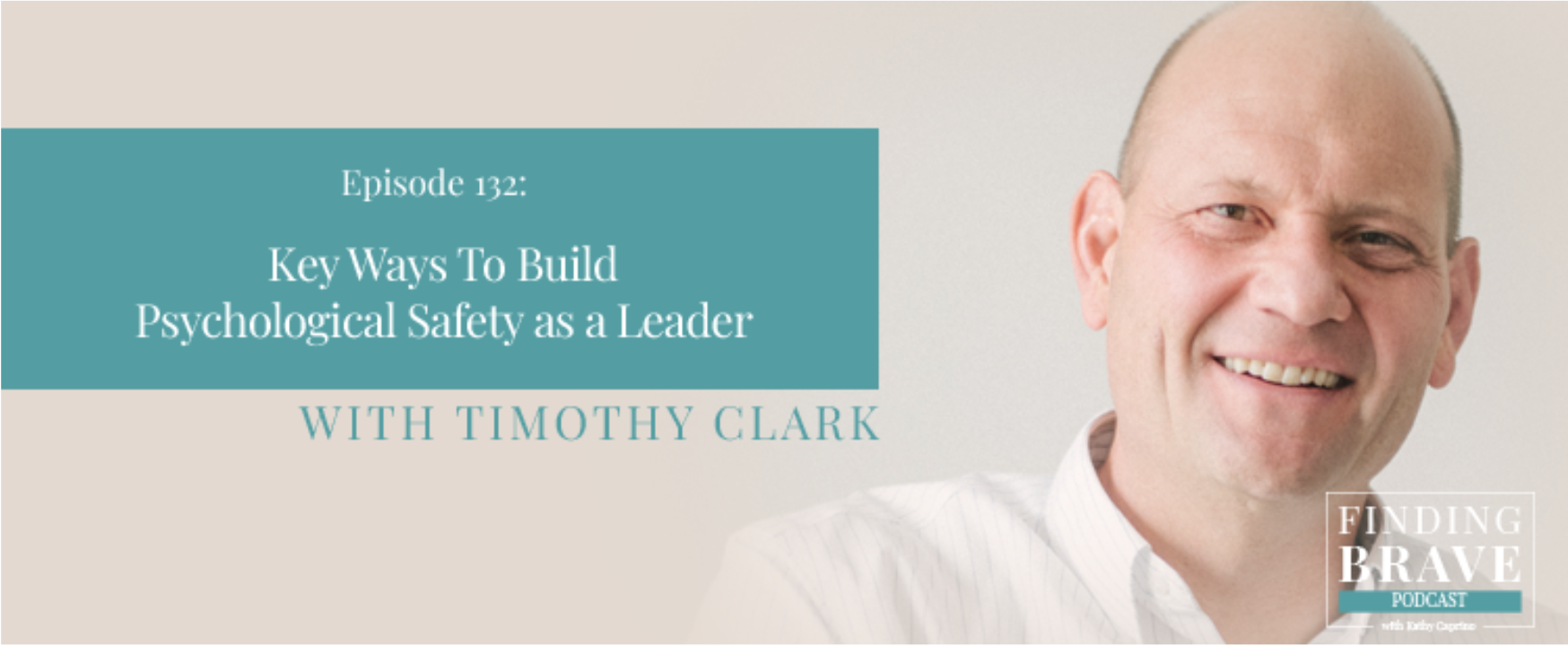The concept of vulnerability has been explored in hundreds of different ways in the past years, relating to social and cultural learning, organizational growth, leadership, professional and personal success and connection with others. Brené Brown, with her groundbreaking TED talk “The Power of Vulnerability” and her numerous books and programs, have put vulnerability on the map for us and demonstrated in concrete, meaningful ways how vulnerability is essential to a healthy, nourishing and well-lived life.
For me, one of the most illuminating aspects of vulnerability that Brown shares in her talk – which has garnered over 58 million views to date – is this:
“The problem is…that you cannot selectively numb emotion. You can’t say, here’s the bad stuff. Here’s vulnerability, here’s grief, here’s shame, here’s fear, here’s disappointment. I don’t want to feel these…You can’t numb those hard feelings without numbing the other affects, our emotions. You cannot selectively numb. So when we numb those, we numb joy, we numb gratitude, we numb happiness. And then, we are miserable, and we are looking for purpose and meaning, and then we feel vulnerable, so then we have a couple of beers and a banana nut muffin. And it becomes this dangerous cycle.”
I realize now, in looking back throughout my 18-year corporate career, that I was desperately trying to numb or suppress the painful emotions and experiences, but doing so cut me off from so much, mainly from myself – and from the core of who I was. Becoming a therapist changed all that, in part because to become a good therapist, I found I had to turn myself inside out and explore all of what was inside of me that I never understood or fully recognized that I needed to look at. When you do that, you can finally heal and become more at one with yourself so that you can truly connect from the heart, without shame or fear.
In speaking about vulnerability in terms of leadership, one definition I’ve honed through working with hundreds of executives across 6 continents, and one that I find easy for folks to understand and use is this:
To me, vulnerability is:
The quality or state of being (intentionally or unintentionally) in a position to experience emotional or physical challenge, failure, confusion, weakness, alienation, fear, or change.
I also have seen in my research with thousands of professionals and managers that vulnerability in leadership encompasses this:
Allowing ourselves to be open enough to experience the potential pain, fear and insecurity that comes when we’re being fully true to ourselves, expressing our deepest and most honest thoughts and feelings.
Vulnerability includes the willingness to be more curious with ourselves (and subsequently with others), to be braver and stronger, allowing ourselves to speak, think, connect and operate from our “own private hearts” and mustering the courage to connect with others from that space of acceptance and trust. This process then opens the door for other people’s private hearts to be shared and respected, with safety and compassion.
This openness to being vulnerable – which is to say, putting oneself in a position where we are letting our defenses down so that we can reveal our true selves – requires a large dose of courage, self-awareness, and emotional strength.
There’s a “trueness” that is possible with vulnerability, that is not possible if we refuse to allow ourselves to be open or to experience risk, shame and uncertainty.
Why is being vulnerable so scary or challenging at times?
We’ve been trained throughout our lives to put up very strong defenses to protect us from anything that could be painful or fear-inducing. And our brains are hardwired to assess risk in a way that can be faulty and limiting.
That includes hiding from situations where we fear we could feel rejection, hurt, and judgment – all of which can make us feel alone and apart from others. But these defenses also stop us from experiencing other deeply meaningful and life-affirming emotions and experiences.
Renowned writing coach and teacher Bruce Gelfand shared with me recently on my Finding Brave podcast a powerful quote from Ralph Waldo Emerson that is relevant in terms of vulnerability:
“To believe your own thought, to believe that what is true for you in your private heart is true for all men — that is genius.”
In my view, vulnerability is part of that “genius.” It involves respecting and honoring others as you respect yourself, even in the midst of all of our differences. And it means allowing yourself to be in close connection with your own heart and spirit while having deep respect for what others feel and believe.
Can vulnerability be expanded?
Vulnerability absolutely can be honed and expanded, but that typically occurs only when we allow ourselves to engage in a process of self-growth and self-acceptance that stretches us to grow as human beings.
In terms of leadership, I’ve seen firsthand that we simply cannot lead a business, team or enterprise well if we’re not leading our own lives and interrelations well. To do that requires embarking on what I call the “finding brave” path – becoming braver to be more fully yourself and living into that reality.
Vulnerability is also the willingness to open ourselves to curiosity — to seeing more clearly how others are perceiving us – and how we are coming across to others and are making people feel.
As Maya Angelou so brilliantly observed,
“People will forget what you said, people will forget what you did, but they will never forget how you made them feel.”
If our colleagues and employees are feeling afraid, hurt, threatened, demeaned, or shut down in our presence or in receiving our communications, we need to recognize how we’re potentially contributing to those feelings. And that requires vulnerability.
The role of boundaries in healthy vulnerability
In my therapy training and work, I learned about boundaries which can be defined as the invisible barriers between you and your outside systems, that regulate the flow of input and information to and from you and those outside systems. Boundaries can be measured on a spectrum, from diffuse (very open where everything gets in) to rigid (tightly closed, where no feedback or input is going in or getting out). Neither end of this spectrum are an ideal or healthy way to live – we want to be in the middle, having balance and moderation in terms of the degree of input we are letting in and allowing to impact us.
It’s not healthy or productive, for instance, to try to be everything to everyone — letting in every piece of input or criticism you receive, and believing it — and allowing it to pierce your heart. In other words, “You don’t have to catch every ball that is thrown at you.” Nor should you, if you want to be healthy and well-balanced.
But when we have healthy boundaries, we’re able to experience a greater degree of true connection with others, taking in what is needed and helpful but not being flooded by others’ input. Healthy boundaries also allow you to avoid “perfectionistic overfunctioning” as a leader, manager or individual contributor (or family member) – always doing more than is healthy, appropriate and necessary and trying to get an A+ in all of it.
Unhealthy boundaries are dangerous. I see this as a common problem in leadership today. Managers and leaders, for instance, often feel insecure and unsure of themselves, and because of that insecurity, they feel afraid to be vulnerable and ask for needed help or constructive feedback that would be useful — about how their behavior, mindset, communication and actions are potentially negatively impacting those around them.
If you are too afraid or insecure to be challenged, outside help is needed to support you to feel less fearful to seek and evaluate feedback. To thrive as a leader, you must invite healthy challenge and be open-minded and confident enough to fully consider ideas and opinions that are very different from your own.
What happens if you refuse to allow more vulnerability into your work or leadership?
Without vulnerability, serious challenges emerge, including:
- The work culture can become unsafe and threatening, especially for those who are in underrepresented, non-dominant groups
- An honest and open feedback loop that is essential for positive work cultures will be stifled, and essential feedback will not be shared.
- Damaging, toxic personalities, behaviors and language will be allowed to continue to negatively impact your workforce, wreaking havoc on employees’ lives and work.
- High potential employees will leave your employment (and your organization’s engagement and retention will suffer) because talented, healthy and highly functional people are in high demand today and they simply don’t need to remain in sick, broken cultures that lacks respect, openness, transparency and honesty. Why would they stay? (Interestingly, there often is a strong similarity between the dysfunction of the workplaces you’ve been attracted to and the dysfunction you experienced in your family growing up.)
- Your own leadership growth will be stifled because you’re not open to learning how you need to improve and develop. And that lack of growth and self-awareness sends a clear message to others around you that they shouldn’t be investing their energy in learning and growing either.
- Finally, without allowing vulnerability to expand, leaders and managers will experience what my research has found are 7 most damaging power gaps that negatively impact 98% of professional women and 90% of men today. These power gaps block your ability to reach your highest, most rewarding goals and visions and make the impact you long to.
What is the relationship between vulnerability and psychological safety in our workforces and teams?
As Timothy R. Clark, founder and CEO of LeaderFactor shared with me in interviews in my blog and podcast, psychological safety is a condition in which human beings feel:
- Included
- Safe to learn
- Safe to contribute
- Safe to challenge the status quo …all without fear of being embarrassed, marginalized, or punished in some way.
Timothy shared: “As a leadership attribute, resilience is an overall measure of your adaptive capacity as an individual. It includes several qualities such as stamina, perseverance, tenacity, grit, tolerance for ambiguity, confidence, and optimism.
Roll all of these together and you get resilience. At its core, resilience is the ability to adapt to challenges and recover quickly from failure, adversity, and tribulation.”
In my work with leaders, I’ve seen that we will severely limit our resilience if we’re not open to being vulnerable.
What does vulnerability in leadership actually look like in action?
Vulnerability in leadership opens the door for what I call the 7 Brave Pathways To Career and Leadership Success.
Just a few of those 7 brave pathways are:
Brave Sight: Recognizing and Leveraging Your Special Talents, Abilities and Gifts
Vulnerability allows you to trust in and leverage more fully your keen talents and abilities, and stretch into new areas where your talents are needed. But it will also help you recognize help you may need and areas in which you need development. Vulnerability teaches you that while you are indeed gifted and talented, you cannot be everything to everyone and shouldn’t be trying to have “all the answers” on your own.
Brave Speak: Communicating from Strength, Not Fear
You’ll expand your leadership communication by saying what needs to be said, and by not shying away from straight-talking, open and honest communication that is essential for organizations to flourish.
Brave Challenge: Saying STOP! to Mistreatment and What Needs To Change In Your Organization
Vulnerability allows you to recognize when something needs to shift, either in yourself, your employees, your leadership or in your organization’s processes, and you’ll muster the courage to facilitate that important change.
What are top tips for leaders who wish to expand vulnerability in their day-to-day roles
I’d suggest taking the time now to recognize if you are experiencing any of the 7 damaging power gaps that keep leaders from making the positive impact they long to. Here’s a quick survey to help you assess which gaps you may be facing.
Recognizing the gaps you’re dealing with personally and also helping your teams recognize their collective power gaps, will allow you both to expand your strength, productivity and positive impact.
This “power gap-closing” process paves the way for more personal integrity, honesty, accountability, and commitment to creating a healthier system and culture.
Finally, engaging in a Power Gap-closing process will ensure that you’ll see more clearly how your behaviors and communication approach are impacting others and your work culture, and what you need to do to that revise any negative behaviors.
In the end, closing all 7 of the power gaps will give you a clearer pathway to expanding your vulnerability and your strength so you reach a higher level of self-actualization, and become the most positive, resilient and courageous leader you can and want to be.
For more information, visit Kathy Caprino’s Career & Leadership Breakthrough coaching program, and The Most Powerful You book and training program for individuals and organizations.



